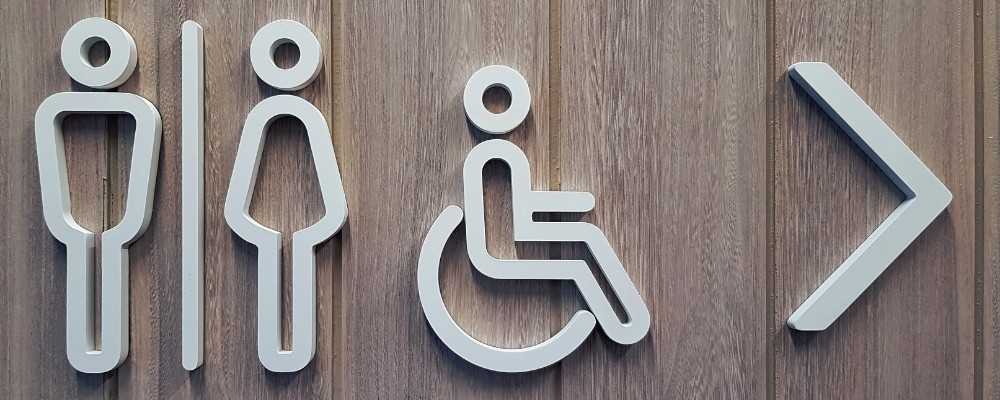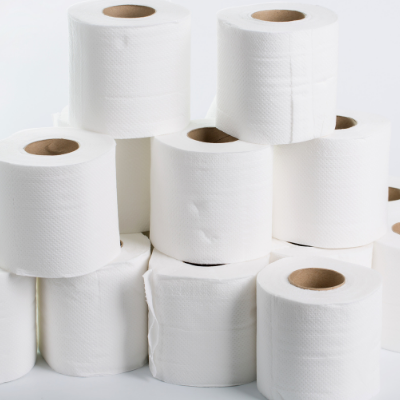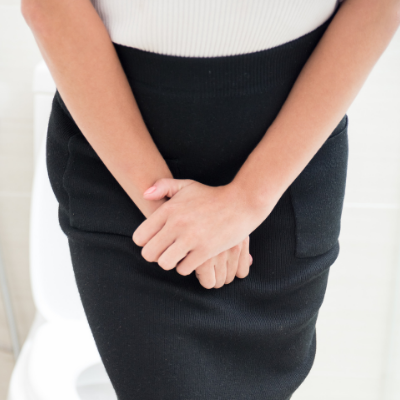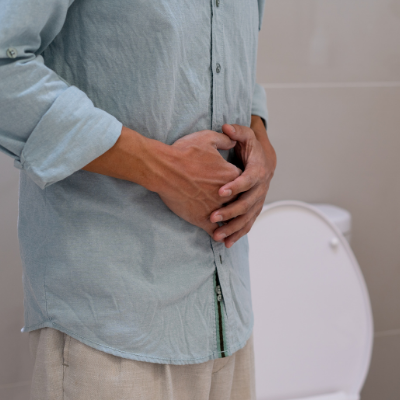Get the Real Facts About Incontinence

Key Takeaways
-
Incontinence affects millions of adults worldwide and can result from aging, childbirth, surgery, or chronic health conditions.
-
Types include stress, urge, overflow, and functional incontinence, each with distinct causes and management strategies.
-
Reliable products like liners, GoSupreme pull-on underwear, and MegaMax AirLock adult diapers help reduce stigma and improve daily life.
Every year, the International Continence Society (ICS) promotes World Continence Week to raise awareness of issues related to continence. This health campaign kicks off the third Monday of each June, so we want to share information about this relatively common issue for adults.
While bladder or bowel leakage can sometimes feel isolating, the National Association for Continence (NAFC) reports that millions of Americans manage urine leakage. And according to the National Institutes of Health, more than 8.3% of non-institutionalized adults, or 18 million people, have experienced loss of bowel control within the last 30 days.
Help remove the stigma and discover the real facts—including the types and causes—to prepare to talk to a healthcare provider, as well as learn how people are managing incontinence every day with NorthShore supplies. 
What Are the Types of Incontinence?
People can experience leakage of urine or stool, or both. Incontinence causes and corresponding treatments will vary by type, but it is often a symptom of underlying conditions.
In an overview of incontinence types, NAFC reports that only 1 out of 12 people seek treatment, despite high success rates in treating the condition. Some of the various causes include, among others:
-
Enlarged Prostate
-
Pregnancy and Childbirth
-
Peyronie’s Disease
-
Neurological Conditions
-
Inflammatory Bowel Disease
-
Pelvic Organ Prolapse
-
Fistula
Speaking with a physician or healthcare provider about symptoms, medications and overall health can help pinpoint the type and the cause for you or your loved one. This information can help them identify the best treatments for loss of bladder or bowel control, which can sometimes include strengthening bladder muscles or anal sphincter muscles. 
How Many Different Types of Urinary Incontinence Are There?
Depending on how each category is divided, there can be up to seven types of urinary incontinence. For example, overactive bladder (OAB) doesn’t necessarily include leaking urine, and urge incontinence doesn’t have to occur frequently, as it may with OAB.
The NorthShore Blog discusses the types of urinary incontinence in depth as well as causes and treatments:
-
Stress
-
OAB
-
Urge
-
Reflex
-
Overflow
-
Functional
-
Mixed (a combination of stress and urge)
Even within each type, there could be different causes and volume variations from person to person. That’s why it’s essential to discuss urinary incontinence with a doctor or healthcare provider to decide on treatment.
Depending on the cause, a doctor may suggest a number of potential treatments, ranging from Kegel exercises and bladder retraining to medications or surgery.
While pursuing the cause and appropriate treatments, it’s also important to identify the right supplies for your or your loved one’s lifestyle and absorbency needs. Urine can irritate the skin, causing rashes or urinary tract infections, so keeping skin dry, clean and comfortable is critical when managing bladder leakage. 
Are There Different Types of Fecal Incontinence?
There are two main types of accidental bowel leakage (ABL): urge and passive. The Mayo Clinic describes bowel urge incontinence as similar to the urinary type: when the urge arises, the person is unable to make it to the restroom in time for any reason.
Passive incontinence occurs when people aren’t aware of the need for a bowel movement. This may be due to nerve damage in the anus or rectum.
Experiencing ABL temporarily due to diarrhea or another illness isn’t usually cause for concern, but if leakage is chronic or frequently recurs, make an appointment with a physician. Speaking with a doctor or healthcare provider can help identify possible health issues causing the situation.
Depending on the cause, a doctor may suggest a number of treatments, including sacral nerve stimulation, medications, exercising pelvic floor muscles, bowel retraining or even surgery.
As with urinary incontinence, ABL can also irritate the skin, causing sores or rashes. Using the appropriate absorbency protection, cleansing creams and wipes is important to lead a full life with minimal disruption.
To learn more details about the best products to help you or your loved one stay dry, comfortable and clean, visit the NorthShore Blog, “Best Adult Diapers for Bowel Incontinence.”
What’s the Best Way to Manage Bladder or Bowel Leakage?
Urinary or fecal incontinence can occur at any age with a range of causes, but it doesn’t have to take over life. Understanding the type someone is experiencing as well as treatments and the best supplies can help people better manage life with minimal disruption.
Continuing to raise awareness with events such as World Continence Week also helps people feel less alone, which can reduce stress and any feelings of embarrassment.
To find the best products for managing urine leaks or ABL, explore NorthShore Incontinence Supplies or call (800) 563-0161 for personalized recommendations and suggestions.
This article is not intended to substitute professional medical advice, diagnosis or treatment. Always speak to your doctor or other qualified healthcare provider with any questions or for advice regarding a medical condition.